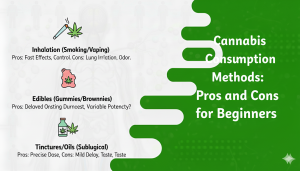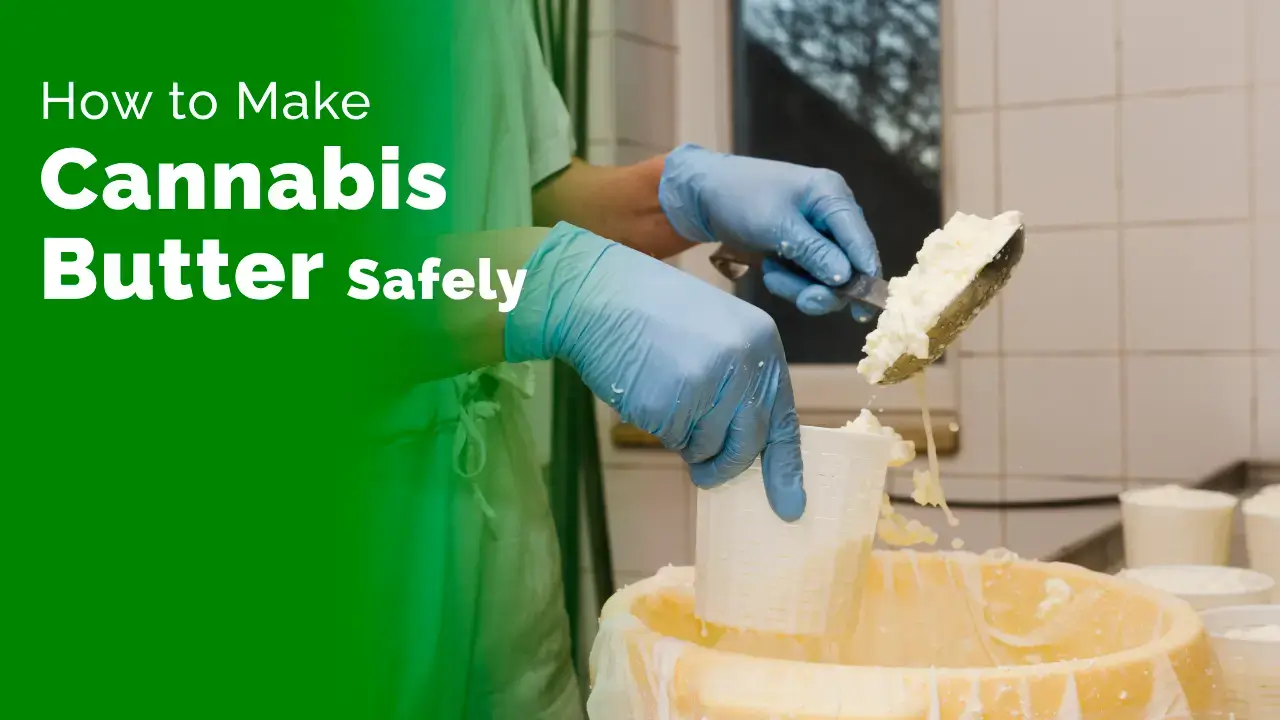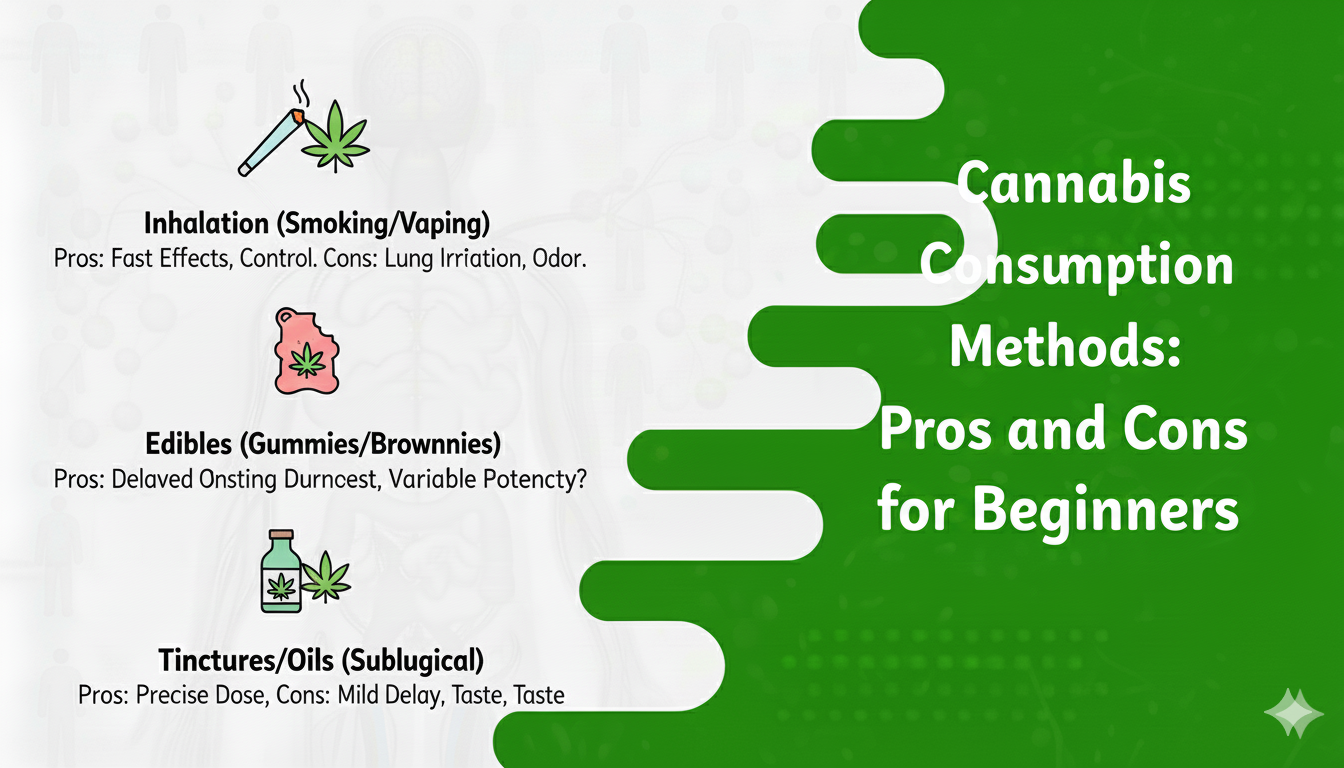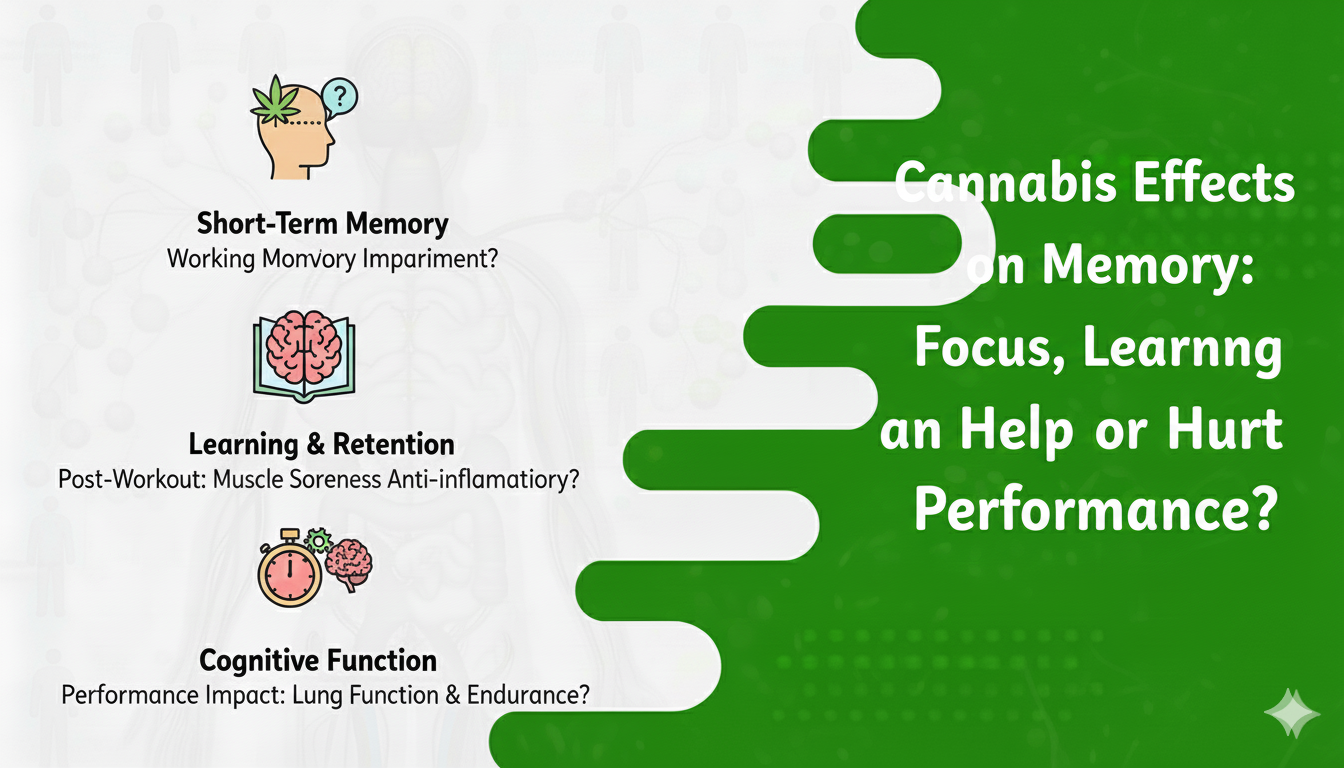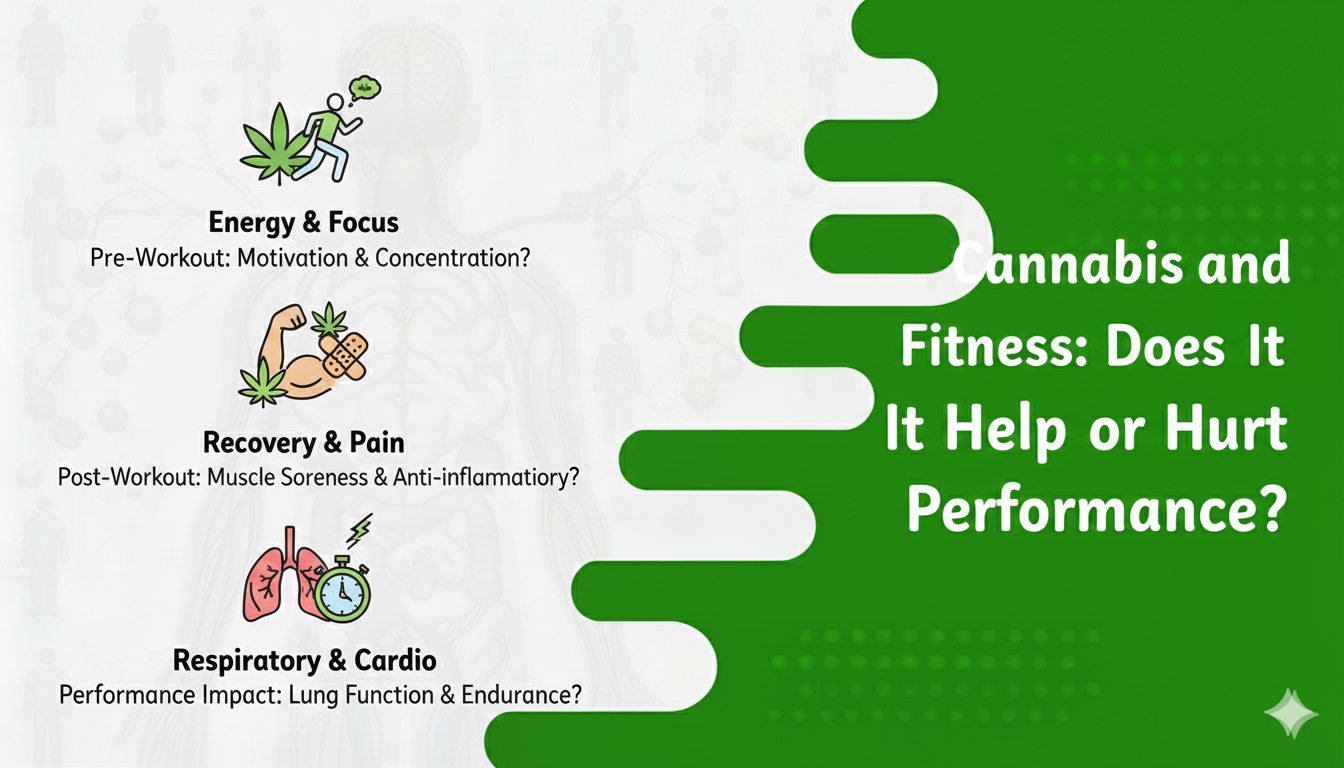There are links on this site that can be defined as affiliate links. This means that we may receive a small commission (at no cost to you) if you purchase something through the links provided on this website.
If you’re a fan of cannabis edibles, learning how to make cannabis butter is one of the best foundational skills you can pick up. Cannabis butter, also known as “cannabutter,” is a versatile and delicious way to enjoy the effects of cannabis through food, whether it’s infused brownies, cookies, or even savory meals. But making it the right way is crucial for safety, potency, and legality.
In this detailed guide, you’ll learn how to make cannabis butter safely, understand proper dosage, get a foolproof cannabis butter recipe, and find out important legal tips to stay compliant.
Key Highlights
- Cannabis butter, or cannabutter, is a fat-based infusion made by decarboxylating cannabis and simmering it with butter for 2–3 hours to extract THC and CBD.
- Proper dosage is crucial for safety—beginners should start with 5–10 mg THC per serving and always wait at least 2 hours before consuming more.
- Legal compliance and safe storage are essential: check local cannabis laws, clearly label infused products, and store cannabutter in childproof containers.
Why Make Cannabis Butter?
Infusing butter with cannabis allows for a long-lasting and controlled experience compared to smoking or vaping. The THC (tetrahydrocannabinol) and CBD (cannabidiol) in the plant bind to the fat molecules in butter during the cooking process, creating a potent base for cooking or baking.
Whether you want to make edibles for medical use or just explore a new way to consume cannabis, making cannabis butter at home gives you control over ingredients, strength, and flavor.
Ingredients & Tools You’ll Need for Making Cannabutter
Before you dive into the cannabis butter recipe, gather the following items:
Ingredients:
- 1 cup unsalted butter
- 1 cup (7–10 grams) of ground cannabis (preferably decarboxylated)
- 1 cup water (optional but helps prevent burning)
Tools:
- Saucepan or slow cooker
- Cheesecloth or fine mesh strainer
- Glass jar with lid (for storage)
- Grinder
- Wooden spoon
Step-by-Step Cannabis Butter Recipe
Step 1: Decarboxylation (The Science Bit)
To activate the THC and CBD in cannabis, you must first decarboxylate it.
- Preheat oven to 245°F (120°C).
- Break cannabis buds into small pieces and spread them on a baking sheet lined with parchment paper.
- Bake for 30–40 minutes, shaking every 10 minutes for even heating.
This step is essential when learning how to make cannabis butter correctly. Skipping it means the final product will be far less potent.
Step 2: Combine Butter and Water in a Pot
Melt the butter in a saucepan on low heat. Add a cup of water to regulate the temperature and prevent the butter from scorching. For additional benefits, you can incorporate hemp oil into the mixture, especially if you’re using it for therapeutic purposes.
Step 3: Add Cannabis and Simmer
Stir in your decarboxylated cannabis. Simmer on low heat (160–200°F or 70–93°C) for 2–3 hours. Stir occasionally and never let it boil.
This slow infusion helps extract the cannabinoids and terpenes effectively, giving you flavorful and potent cannabutter.
Step 4: Strain and Store
Let the mixture cool slightly, then strain through a cheesecloth into a glass jar. Avoid squeezing the cloth — it can add bitter flavors.
Refrigerate for at least 1–2 hours. Once solid, your cannabis butter recipe is complete and ready for use.
Dosage: How Much Is Too Much?
When it comes to edibles, dosing is everything. Because effects are delayed (often 30–90 minutes), it’s easy to overdo it if you’re not careful.
Safe Starting Dosage Tips:
- New users: Start with 5–10 mg of THC per serving
- Experienced users: Can gradually increase to 15–25 mg
- Testing: If unsure, try a ¼ teaspoon of your butter and wait a full 2 hours before increasing the dose
Pro Tip: Label your infused butter clearly and keep it out of reach of children or pets.
Legal Tips You Must Know
Understanding the law is just as important as learning the cannabis butter recipe. Rules vary widely depending on your country or state.
Key Legal Considerations:
- Legality: Confirm whether cannabis use and home infusion are legal in your region.
- Purchase limits: Some areas regulate how much cannabis you can buy or possess at home.
- Edibles: Even in legal states, there may be restrictions on homemade edible sharing or selling.
Safe Storage:
- Store cannabis butter in a clearly labeled, childproof container.
- Keep in the fridge or freezer to preserve potency and freshness.
- Always inform housemates or guests about infused items in your kitchen.
Being informed about legal boundaries adds another layer of responsibility when you make cannabis butter at home.
What Can You Make With Cannabis Butter?
Now that you know how to make cannabis butter, the possibilities are endless:
- Brownies, cookies, muffins
- Mashed potatoes or garlic bread
- Pancakes or waffles
- Pasta sauces and more
If you want to make brownies, you can check out our detailed guide on how to make cannabis brownies for step-by-step instructions and dosage tips.
Just remember: when cooking with cannabutter, use lower heat to preserve the potency of THC and avoid burning off the active compounds.
Common Mistakes to Avoid
- Skipping decarboxylation – Leads to weak effects
- Overheating – Destroys THC and terpenes
- Poor straining – Leaves behind plant matter and a grassy taste
- Not testing potency – Causes unpleasant experiences
Avoiding these mistakes will ensure your efforts to make cannabis butter result in a smooth, effective edible experience.
Final Tips for Best Results
- Use high-fat butter (like European-style) for better cannabinoid binding
- Strain while warm for easier filtering
- Add vanilla or cinnamon to mask the earthy flavor if desired
- Freeze in portion sizes for easy use
Conclusion
Making your own cannabis butter is empowering, cost-effective, and allows full control over your cannabis consumption. By following the right steps, understanding dosage, and staying within legal boundaries, you can create delicious edibles with confidence.
Now that you know how to make cannabis butter, you can start experimenting with your favorite recipes and enjoy the benefits of this age-old infusion method.
